Home>Storage & Organization>Decluttering Tips & Tricks>How To Declutter Your Home In One Day
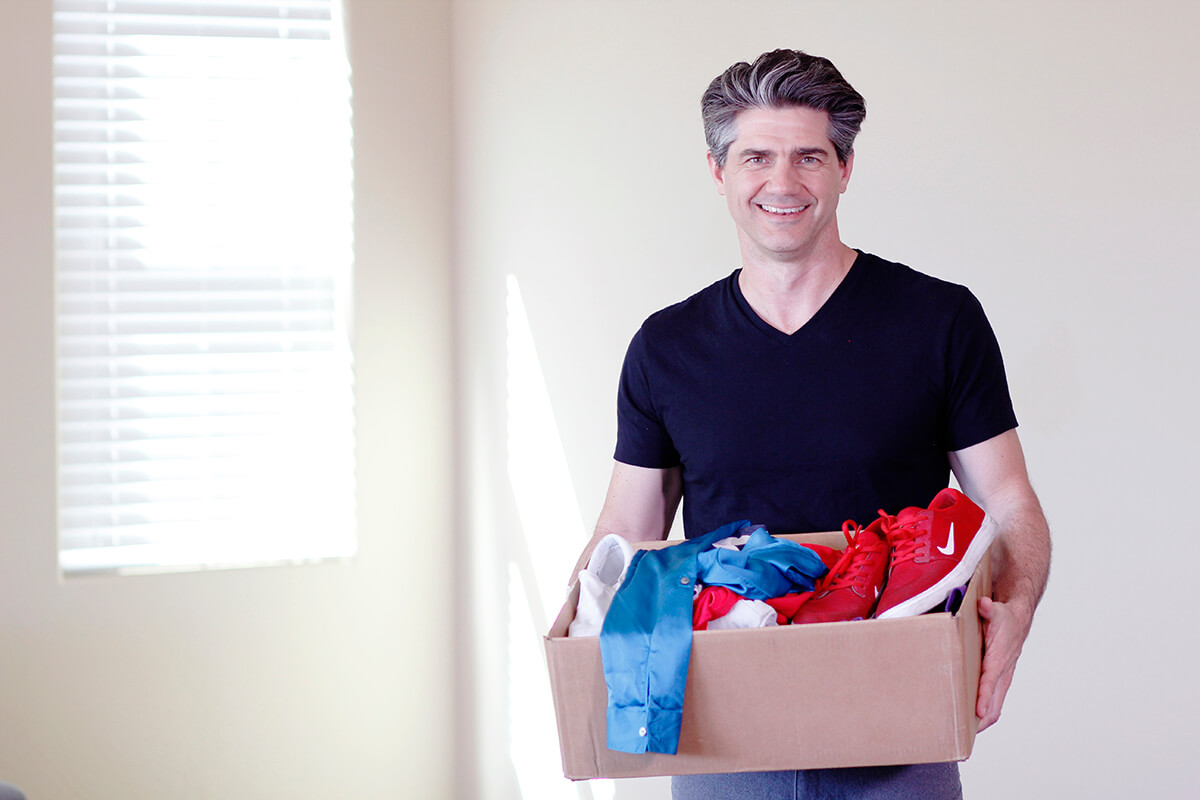

Decluttering Tips & Tricks
How To Declutter Your Home In One Day
Modified: January 9, 2024
Learn effective decluttering tips and tricks to transform your home in just one day. Say goodbye to clutter and hello to a more organized and spacious living space. Discover the secrets to quick and efficient decluttering!
(Many of the links in this article redirect to a specific reviewed product. Your purchase of these products through affiliate links helps to generate commission for Storables.com, at no extra cost. Learn more)
**
Introduction
**
Welcome to the journey of transforming your home into a clutter-free sanctuary! Decluttering is not just about creating physical space; it’s about fostering mental clarity and emotional well-being. In this comprehensive guide, we will explore practical and effective strategies to declutter your home in just one day.
Clutter can accumulate gradually, and before you know it, it becomes overwhelming. The thought of tackling the mess can be daunting, but with the right mindset and approach, it’s entirely achievable. By the end of this journey, you will not only have a tidier living space but also a sense of accomplishment and a renewed appreciation for your home.
So, roll up your sleeves, gather your motivation, and let’s dive into the liberating process of decluttering. Whether you’re preparing for a special occasion, hosting guests, or simply craving a fresh start, the tips and tricks in this guide will empower you to conquer clutter and reclaim your space. Let’s embark on this transformative adventure together!
**
Key Takeaways:
- Transform your home into a clutter-free sanctuary in just one day by setting clear goals, sorting and organizing, and adding personal touches. Embrace the journey of decluttering for a harmonious living space.
- Maintain a clutter-free home by practicing mindful consumption, regular decluttering sessions, and involving your family. Enjoy the tranquility and functionality of a clutter-free living space.
Assessing the Situation
**
Before diving into the decluttering process, it’s essential to assess the current state of your home. Take a walk through each room, armed with a notepad and pen, and make note of the areas that require the most attention. Consider the following aspects:
**
- Identify Trouble Spots: Take note of areas that tend to accumulate the most clutter, such as countertops, closets, and storage spaces. These trouble spots will be your primary focus during the decluttering process.
- Evaluate Usage: Assess the items in each room and consider their frequency of use. Items that are rarely used or serve no practical purpose may be candidates for decluttering.
- Emotional Connection: Some items hold sentimental value, making it challenging to part with them. Evaluate the emotional attachment to certain belongings and consider their significance in your daily life.
- Functional Flow: Consider the functionality and flow of each room. Clutter can disrupt the natural flow of a space, hindering movement and creating a sense of chaos.
**
Once you’ve identified the trouble spots and evaluated the usage and emotional significance of various items, you’ll have a clearer understanding of the areas that require decluttering. This assessment sets the stage for setting achievable decluttering goals and approaching the process with purpose and direction.
Remember, the goal of this assessment is not to feel overwhelmed but to gain a realistic perspective on the clutter within your home. It’s the first step toward reclaiming your space and creating a more harmonious living environment.
**
Setting Clear Goals
**
With a clear assessment of the clutter in your home, it’s time to establish achievable decluttering goals. Setting specific objectives will guide your efforts and help you stay focused throughout the process. Consider the following steps when setting your decluttering goals:
**
- Prioritize Areas: Based on your assessment, prioritize the areas that require immediate attention. Whether it’s the overflowing pantry, cluttered entryway, or chaotic home office, identifying priority areas will help you allocate time and resources effectively.
- Define Success: Determine what success looks like for each area. This could involve creating a minimalist workspace, organizing the kitchen for efficient meal preparation, or simply clearing out unused items to make room for new possibilities.
- Time Bound: Set realistic timeframes for completing your decluttering goals. Whether you’re dedicating a full day to decluttering or breaking it into smaller sessions, establishing deadlines will keep you motivated and prevent procrastination.
- Embrace Flexibility: While it’s important to set clear goals, it’s equally crucial to remain flexible. Decluttering is a dynamic process, and unexpected challenges may arise. Embrace adaptability and be open to adjusting your goals as needed.
**
By setting clear and achievable goals, you’ll approach the decluttering process with purpose and determination. Having a roadmap for your decluttering journey will alleviate stress and provide a sense of accomplishment as you progress through each goal. Remember, the ultimate objective is to create a harmonious and organized living space that reflects your unique lifestyle and preferences.
**
Gathering Supplies
**
Before embarking on your decluttering mission, it’s essential to gather the necessary supplies to streamline the process and maximize efficiency. Having the right tools at your disposal will simplify the task and ensure a smooth decluttering experience. Here’s a comprehensive list of supplies to consider:
**
- Storage Containers: Invest in a variety of storage containers, including bins, baskets, and boxes, to categorize and store items efficiently. Clear containers are ideal for easy visibility.
- Trash Bags: Stock up on sturdy trash bags for disposing of items that are damaged, expired, or no longer needed. Separate bags for recycling and donation items are also beneficial.
- Cleaning Supplies: Keep a supply of cleaning products, such as all-purpose cleaners, microfiber cloths, and dusting tools, to tidy up surfaces as you declutter.
- Labeling Materials: Labels or a marker can be invaluable for clearly marking storage containers and categorizing items for easy identification.
- Donation Box: Designate a box specifically for items you plan to donate. Having a designated space for donation items streamlines the decluttering process and promotes a sustainable approach.
- Sorting Tools: Utilize tools like drawer dividers, shelf organizers, and hangers to facilitate the sorting and organization of items within closets and storage spaces.
- Comfortable Attire: Wear comfortable clothing and supportive footwear to ensure ease of movement and sustained energy throughout the decluttering process.
**
By gathering these supplies in advance, you’ll be well-prepared to tackle cluttered areas with efficiency and focus. Having the right tools at your disposal will minimize disruptions and enable you to maintain momentum as you progress through the decluttering journey. Remember, the goal is to create a well-organized and inviting space, and these supplies will serve as valuable allies in achieving that objective.
**
Start by tackling one room at a time, sorting items into keep, donate, and discard piles. Use storage solutions to organize what you keep, and be ruthless about getting rid of things you don’t need.
Sorting and Organizing
**
As you embark on the decluttering process, sorting and organizing items is a pivotal step in creating a harmonious living environment. This phase involves categorizing belongings, assessing their utility, and establishing efficient organizational systems. Here’s a comprehensive approach to sorting and organizing your possessions:
**
- Declutter by Category: Adopt a category-based approach by sorting items such as clothing, books, kitchenware, and sentimental belongings separately. This method allows for a focused assessment of each item type.
- Utilize the “Keep, Donate, Discard” Method: As you sort through items, categorize them into “keep,” “donate,” or “discard” piles. This systematic approach streamlines decision-making and reduces clutter effectively.
- Assess Utility and Significance: Evaluate the utility and emotional significance of each item. Consider whether it serves a practical purpose, brings joy, or contributes positively to your living space.
- Create Functional Zones: Organize items based on their designated areas of use. For example, designate specific zones for office supplies, kitchen gadgets, and recreational items to streamline accessibility.
- Implement Storage Solutions: Utilize storage containers, shelves, and organizers to create designated spaces for each category of items. Optimize storage solutions to maximize space and maintain an organized environment.
- Adopt Sustainable Practices: When organizing items, consider sustainable practices such as utilizing eco-friendly storage solutions, repurposing containers, and minimizing waste through responsible disposal.
**
By systematically sorting and organizing your possessions, you’ll not only reduce clutter but also establish a functional and visually appealing living space. This process fosters a sense of control and mindfulness, enabling you to curate a home environment that aligns with your lifestyle and values. Embrace the transformative power of sorting and organizing as you pave the way for a clutter-free and harmonious living space.
**
Decluttering Room by Room
**
Embarking on the decluttering journey room by room allows for a systematic and focused approach to transforming your living space. Here’s a step-by-step guide to decluttering each room effectively:
Living Room:
Begin by decluttering surfaces such as coffee tables and entertainment centers. Clear out unnecessary items and consider implementing storage solutions for remotes, magazines, and other frequently used items. Evaluate decorative pieces and maintain a balanced and visually appealing arrangement.
Kitchen:
Start by decluttering countertops and cabinets. Discard expired food items, consolidate duplicates, and organize kitchenware for efficient use. Streamline pantry items and consider donating unopened non-perishable goods to reduce excess clutter.
Bedroom:
Focus on decluttering clothing, accessories, and personal items. Utilize the “one in, one out” rule when evaluating clothing to prevent accumulation. Organize drawers and closets to maximize space and create a serene and inviting bedroom environment.
Home Office:
Sort through paperwork, office supplies, and electronic devices. Implement effective storage solutions for paperwork and consider digitizing documents to minimize physical clutter. Create a functional workspace by organizing supplies and decluttering unnecessary items.
Bathroom:
Declutter bathroom cabinets and countertops by discarding expired products and consolidating toiletries. Utilize storage solutions for towels and personal care items to maintain a clean and organized bathroom space.
Closets and Storage Areas:
Tackle closets and storage spaces by decluttering clothing, shoes, and miscellaneous items. Donate gently used clothing and assess the necessity of each item to optimize storage space and reduce clutter.
Approaching decluttering room by room allows for a focused and manageable process, preventing overwhelm and ensuring thorough attention to each area. By following this systematic approach, you’ll create an organized and inviting home environment that reflects your unique lifestyle and preferences.
**
Cleaning and Final Touches
**
Once you’ve decluttered each room, the final step involves thorough cleaning and adding personal touches to elevate the ambiance of your space. This phase is essential for creating a fresh and rejuvenated atmosphere. Here’s a comprehensive guide to cleaning and adding final touches:
Thorough Cleaning:
Commence the cleaning process by dusting surfaces, vacuuming carpets, and mopping floors. Pay attention to often-overlooked areas such as baseboards, light fixtures, and air vents. A clean environment enhances the impact of decluttering efforts and promotes a sense of renewal.
Organizational Maintenance:
After decluttering, take time to ensure that items are stored in their designated places. Implement organizational systems to maintain the order and functionality of each area. Regularly revisit these systems to prevent clutter from accumulating in the future.
Personal Touches:
Add personal touches such as decorative accents, artwork, and plants to infuse warmth and personality into your living space. Consider rearranging furniture to optimize flow and create inviting conversation areas. Personal touches contribute to a welcoming and harmonious home environment.
Reflect and Rejuvenate:
Take a moment to reflect on the transformation of your home. Embrace the sense of accomplishment and rejuvenation that comes with decluttering and revitalizing your living space. Use this opportunity to establish mindful habits and appreciate the newfound sense of clarity and tranquility in your home.
Maintain Momentum:
As you revel in the revitalized atmosphere of your home, commit to maintaining the momentum of your decluttering efforts. Embrace a clutter-free lifestyle by practicing mindful consumption, regular decluttering sessions, and organizational upkeep. Consistent maintenance will preserve the serenity and functionality of your living space.
By incorporating thorough cleaning and personalized touches, you’ll elevate the impact of your decluttering journey, fostering a welcoming and rejuvenated home environment. Embrace the opportunity to create a space that nurtures your well-being and reflects your unique style and preferences.
**
Maintaining a Clutter-Free Home
**
After the transformative process of decluttering and revitalizing your living space, maintaining a clutter-free home is essential for sustained harmony and well-being. Implementing mindful practices and organizational strategies will help you preserve the serenity and functionality of your home. Here’s a comprehensive guide to maintaining a clutter-free environment:
Mindful Consumption:
Adopt a mindful approach to consumption by carefully considering new purchases. Prioritize quality over quantity, and assess the utility and longevity of items before bringing them into your home. Mindful consumption minimizes the influx of unnecessary clutter.
Regular Decluttering Sessions:
Schedule periodic decluttering sessions to assess and reorganize your belongings. Set aside dedicated time to evaluate items and ensure that your living spaces remain free from accumulating clutter. Consistent decluttering prevents the reemergence of chaos and promotes an organized environment.
Organizational Upkeep:
Maintain the organizational systems established during the decluttering process. Regularly assess the effectiveness of storage solutions and make adjustments as needed. Implement a “one in, one out” rule for items such as clothing and accessories to prevent overcrowding in closets and drawers.
Family Involvement:
Encourage family members to participate in maintaining a clutter-free home. Foster a shared responsibility for organization and cleanliness, instilling mindful habits in all household members. Establishing a collective commitment to clutter-free living promotes a harmonious and functional home environment.
Functional Spaces:
Evaluate the functionality of each living area and make adjustments to optimize the flow and accessibility of items. Regularly assess the arrangement of furniture and storage solutions to ensure that each space remains conducive to daily activities and reflects your evolving needs.
Mindful Decor and Storage:
Be intentional with decorative accents and storage solutions, ensuring that they contribute to a harmonious and clutter-free environment. Select decor and storage options that align with your organizational goals and enhance the visual appeal of your home without overwhelming the space.
By integrating mindful consumption, regular decluttering sessions, and organizational upkeep, you’ll nurture a clutter-free home environment that supports your well-being and reflects your lifestyle. Embrace the ongoing journey of maintaining a harmonious living space, and revel in the tranquility and functionality of your clutter-free home.
Frequently Asked Questions about How To Declutter Your Home In One Day
Was this page helpful?
At Storables.com, we guarantee accurate and reliable information. Our content, validated by Expert Board Contributors, is crafted following stringent Editorial Policies. We're committed to providing you with well-researched, expert-backed insights for all your informational needs.

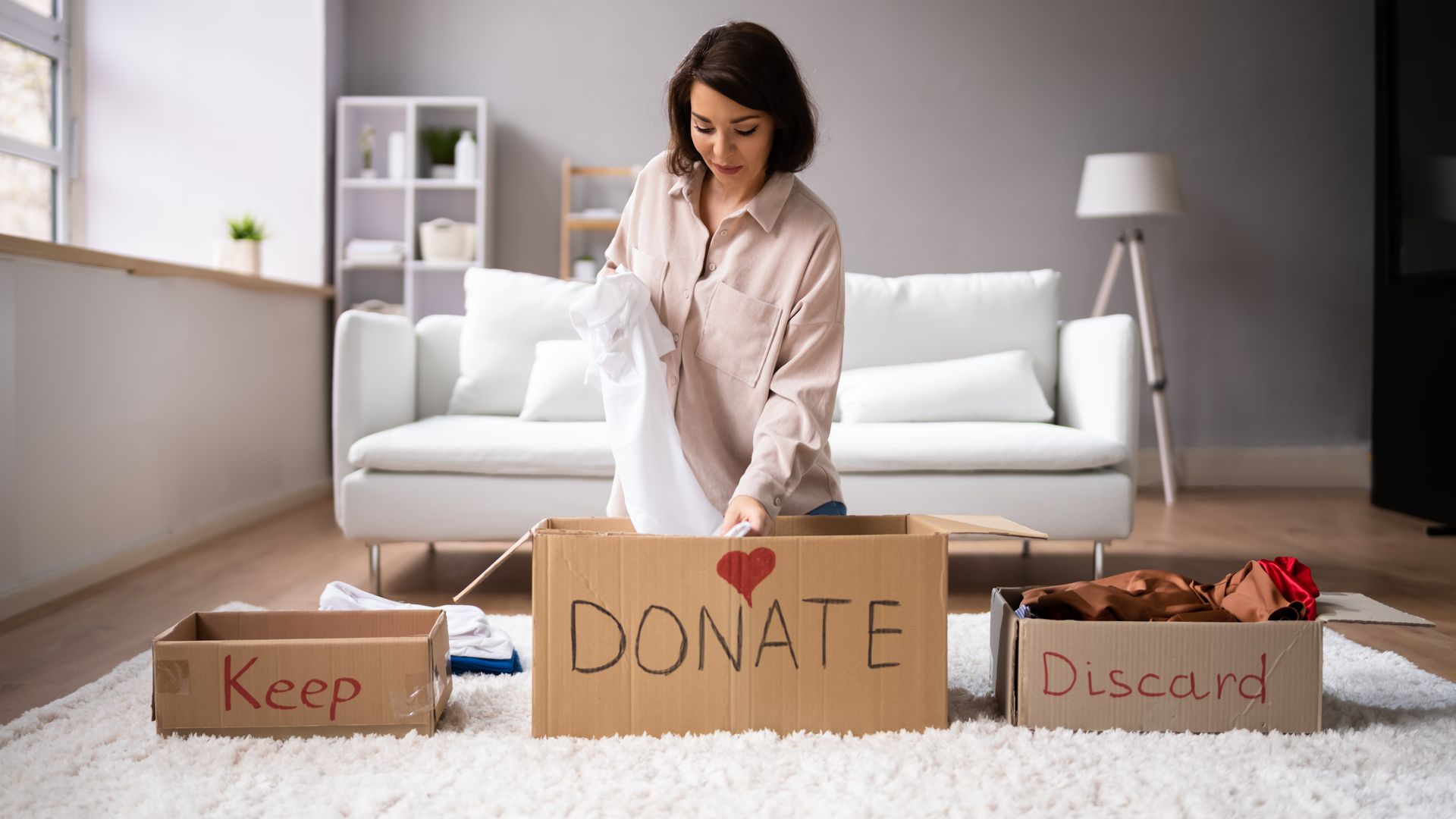
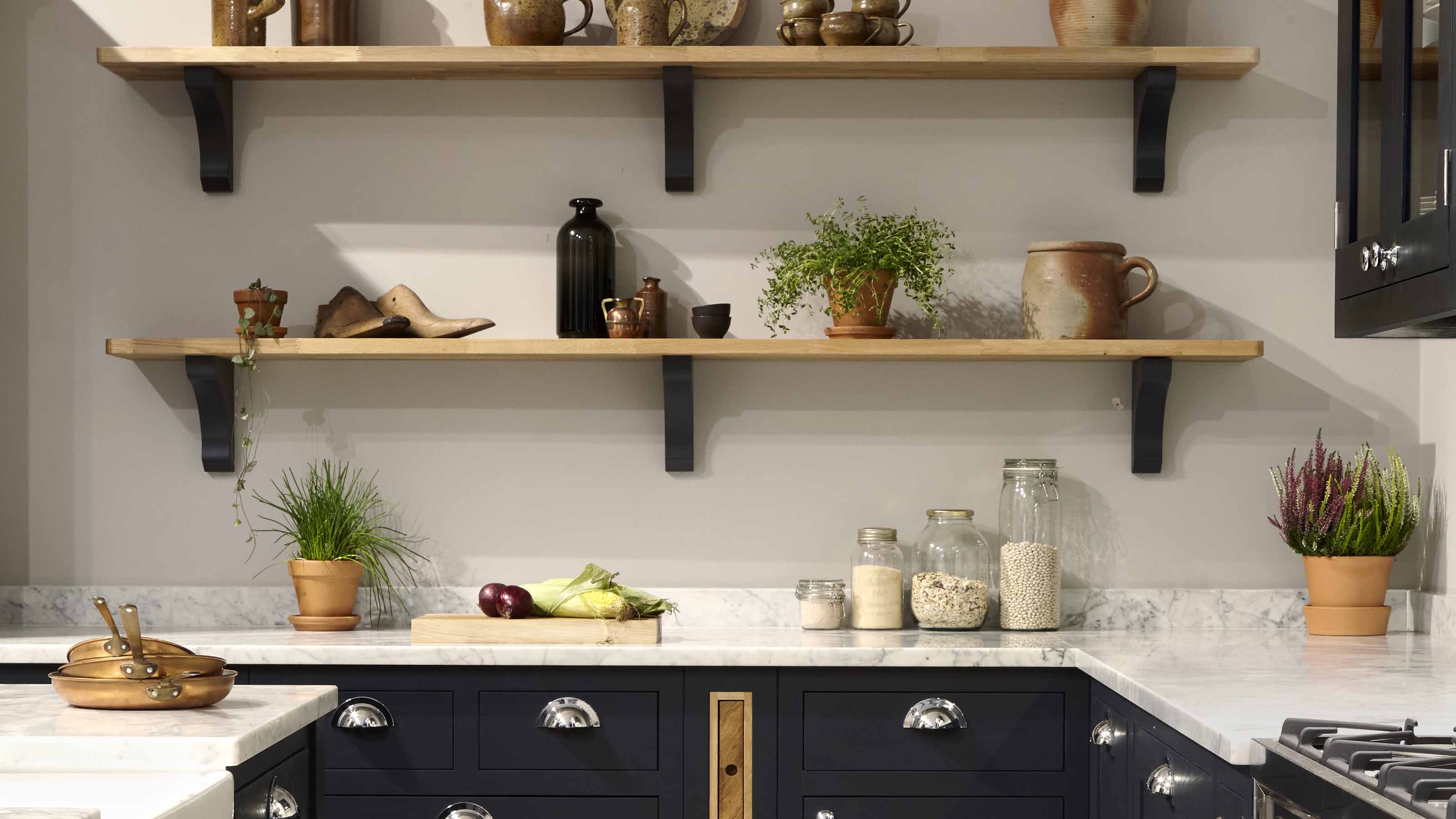
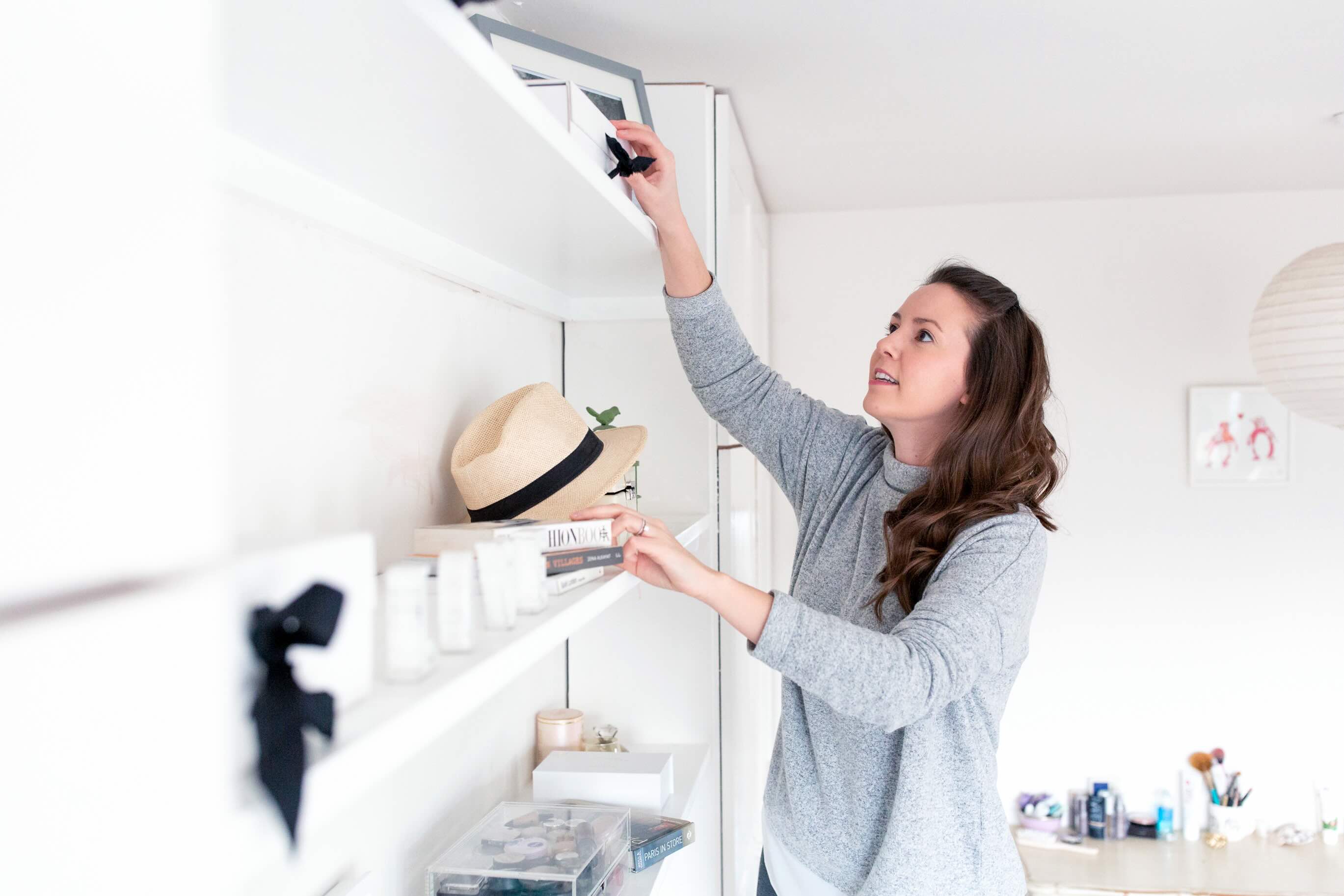
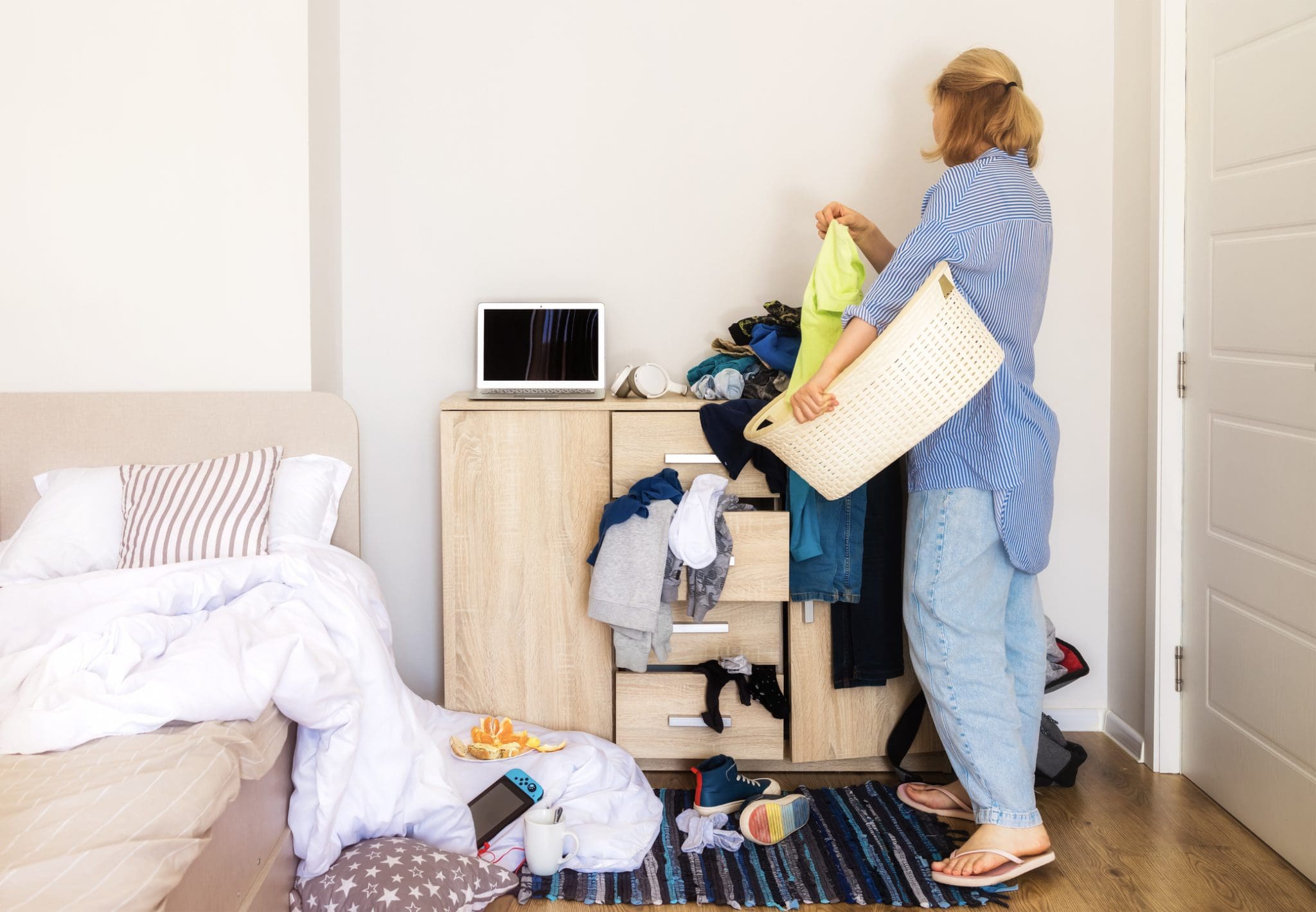
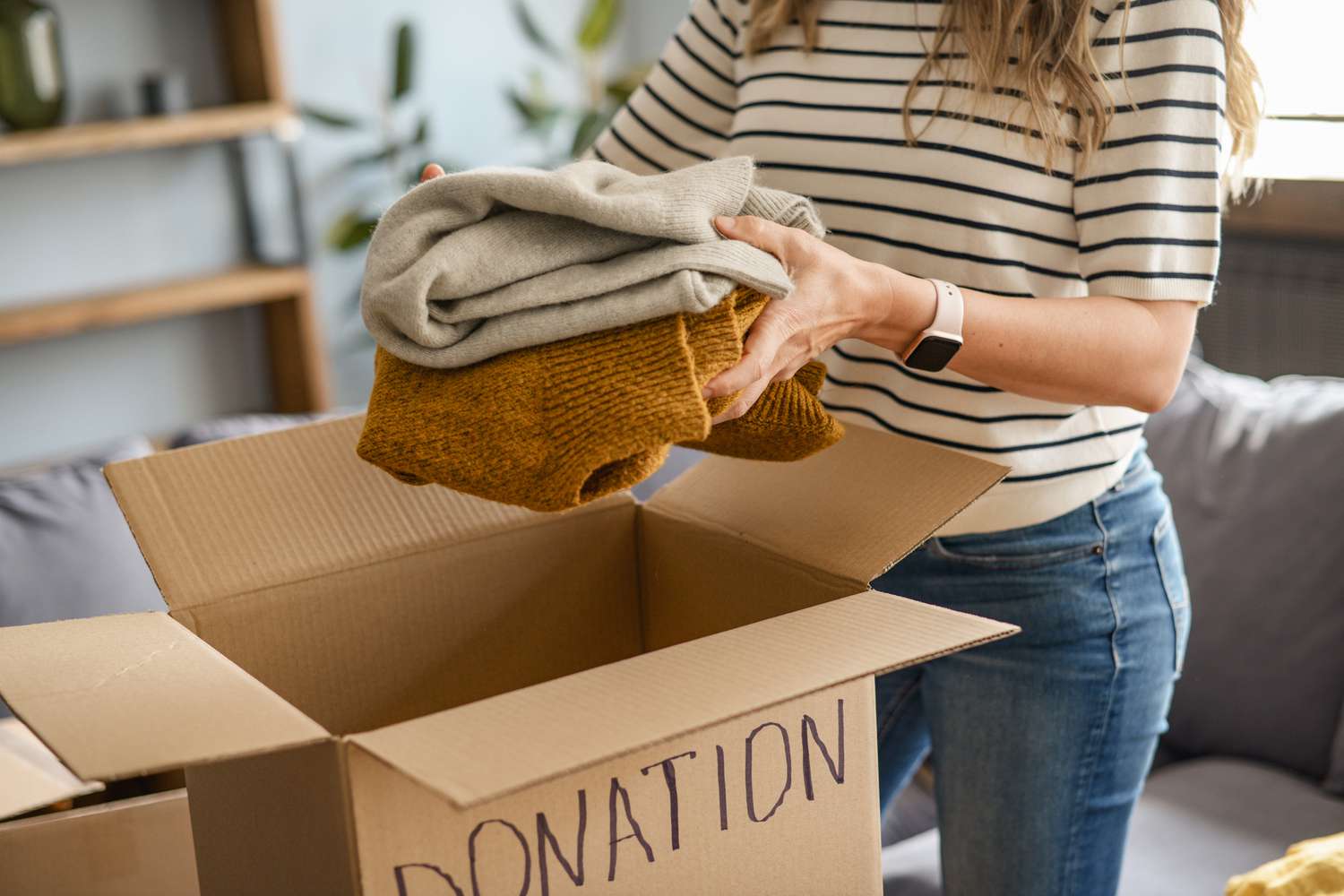
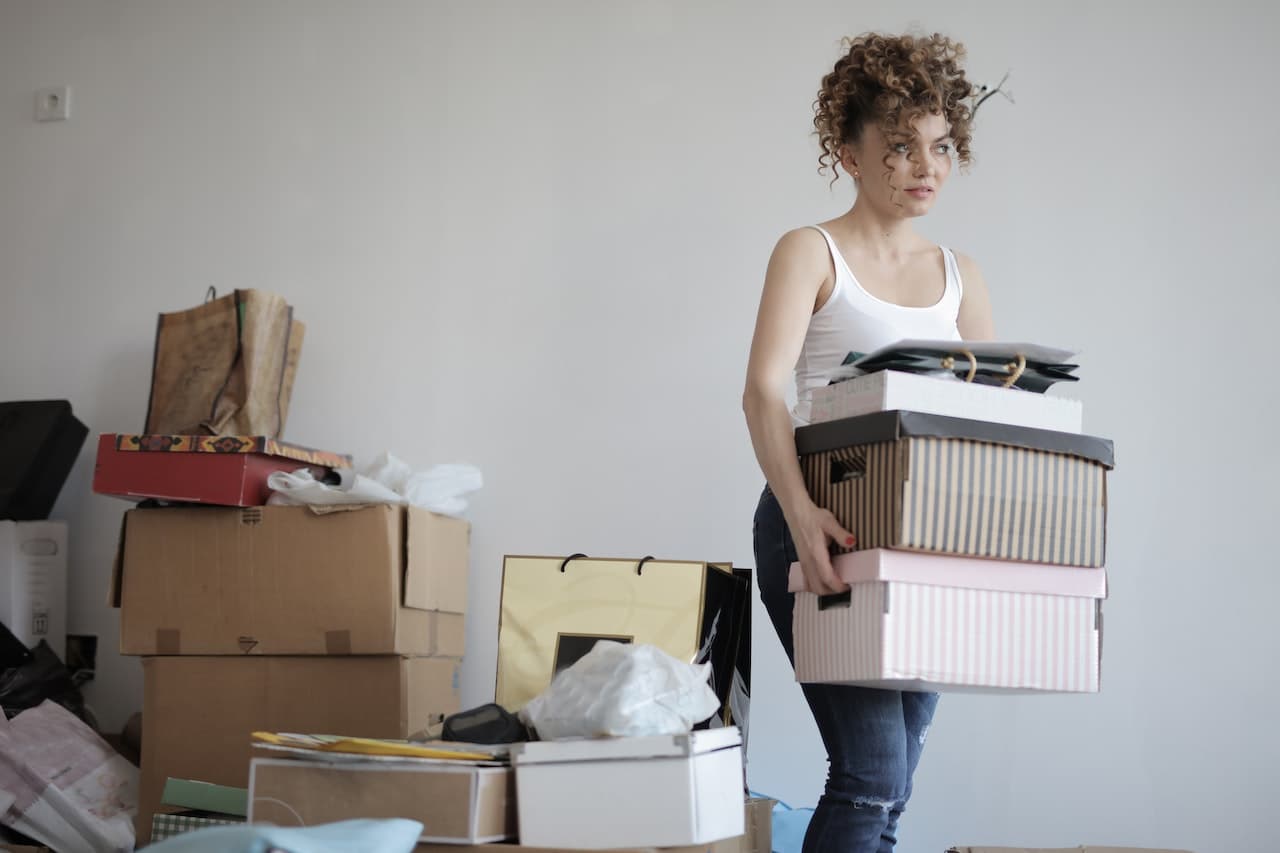
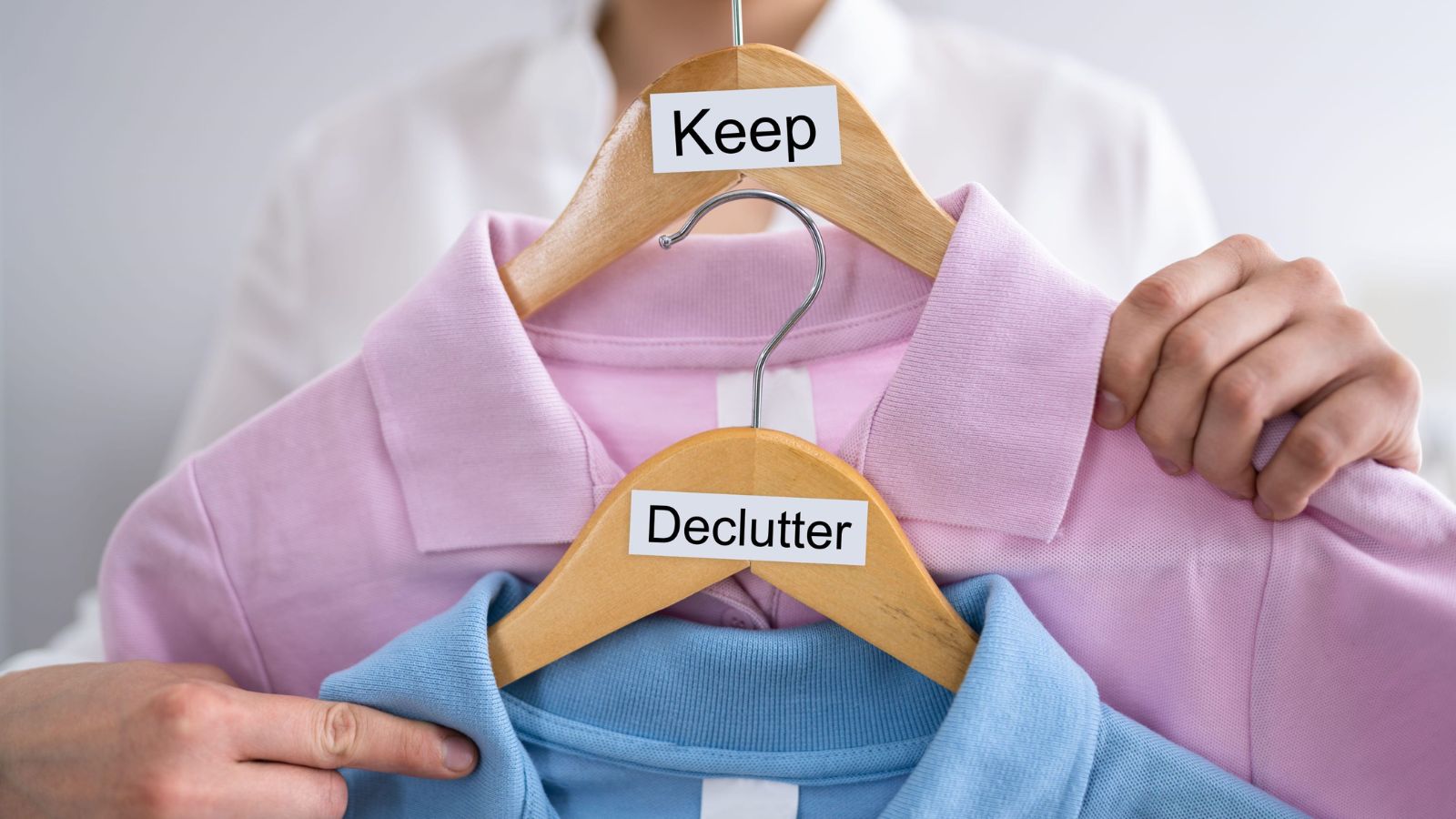
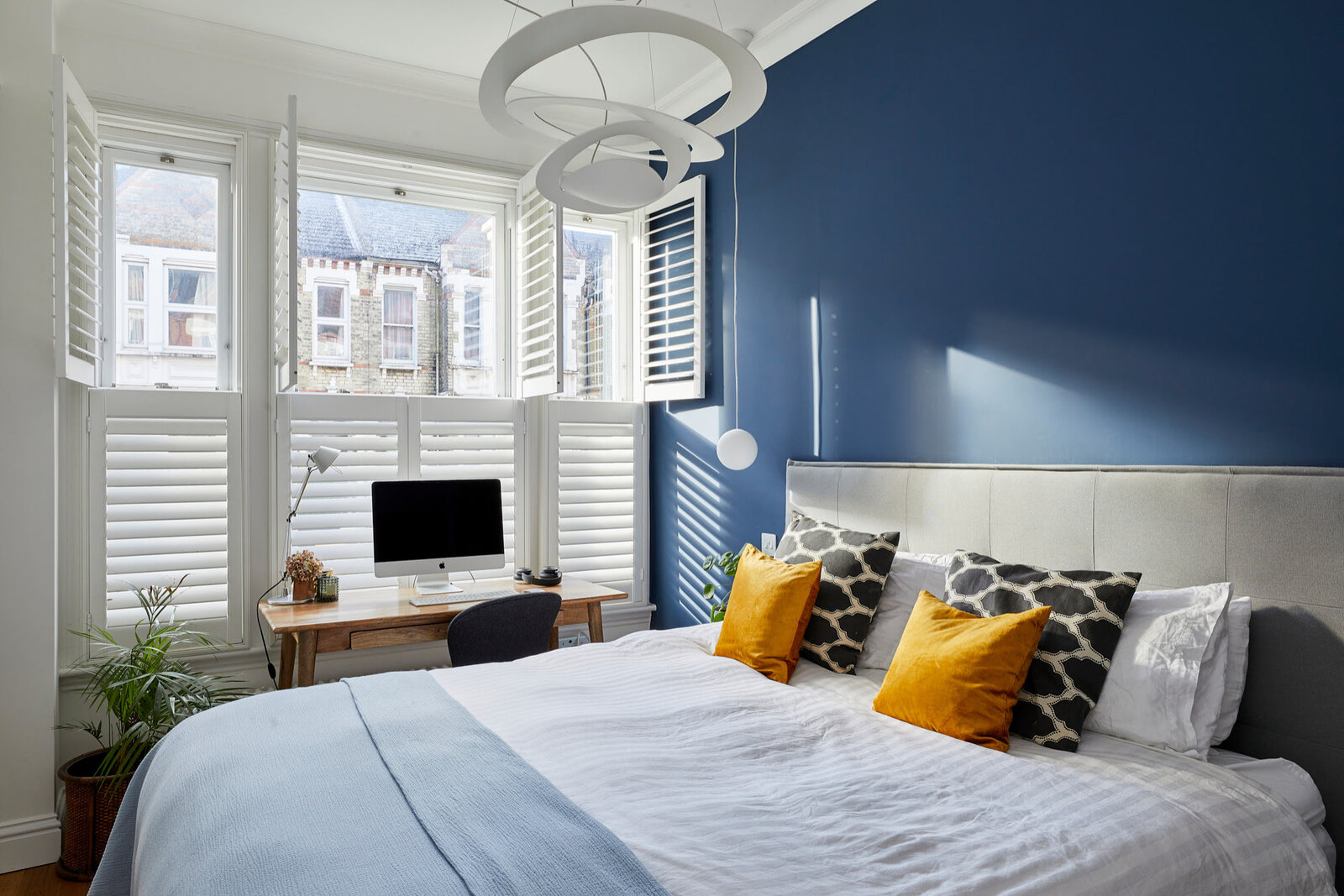
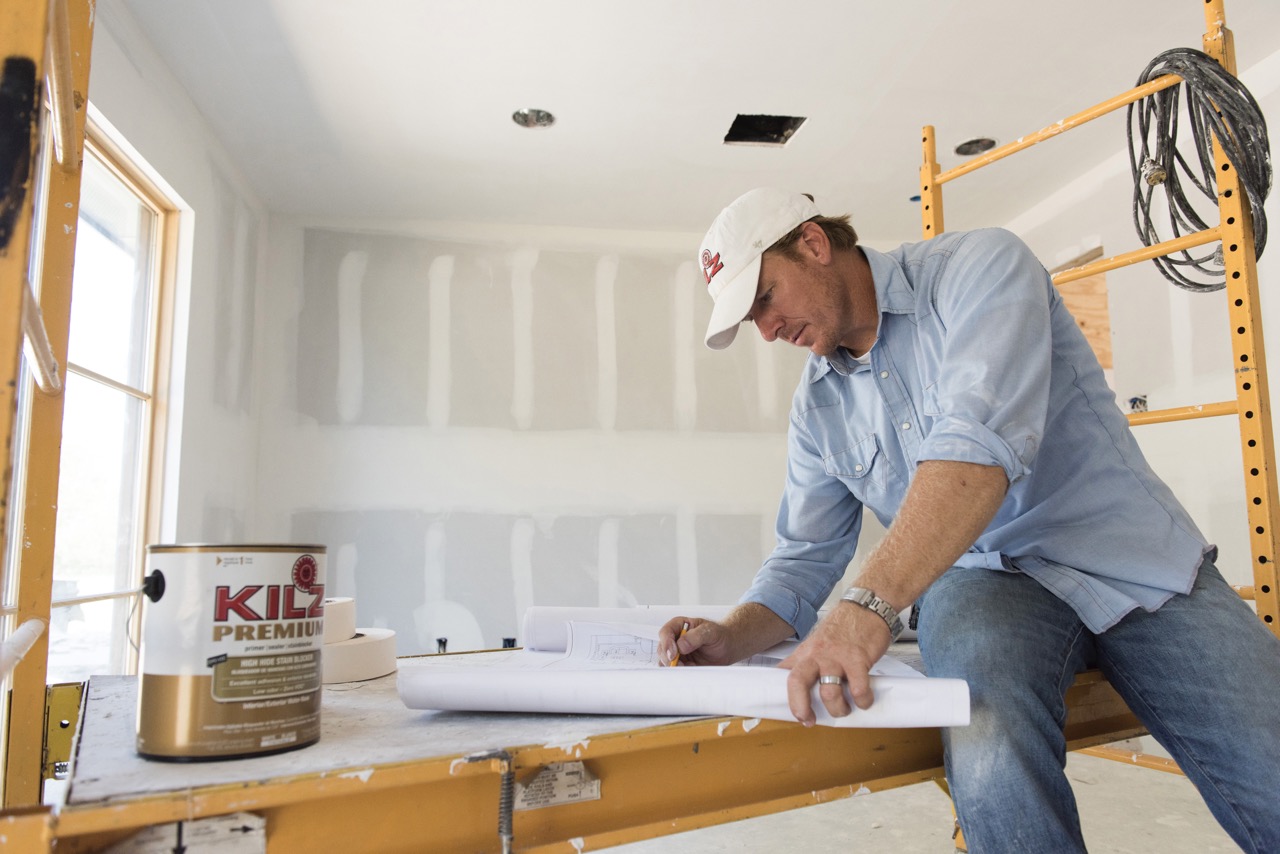
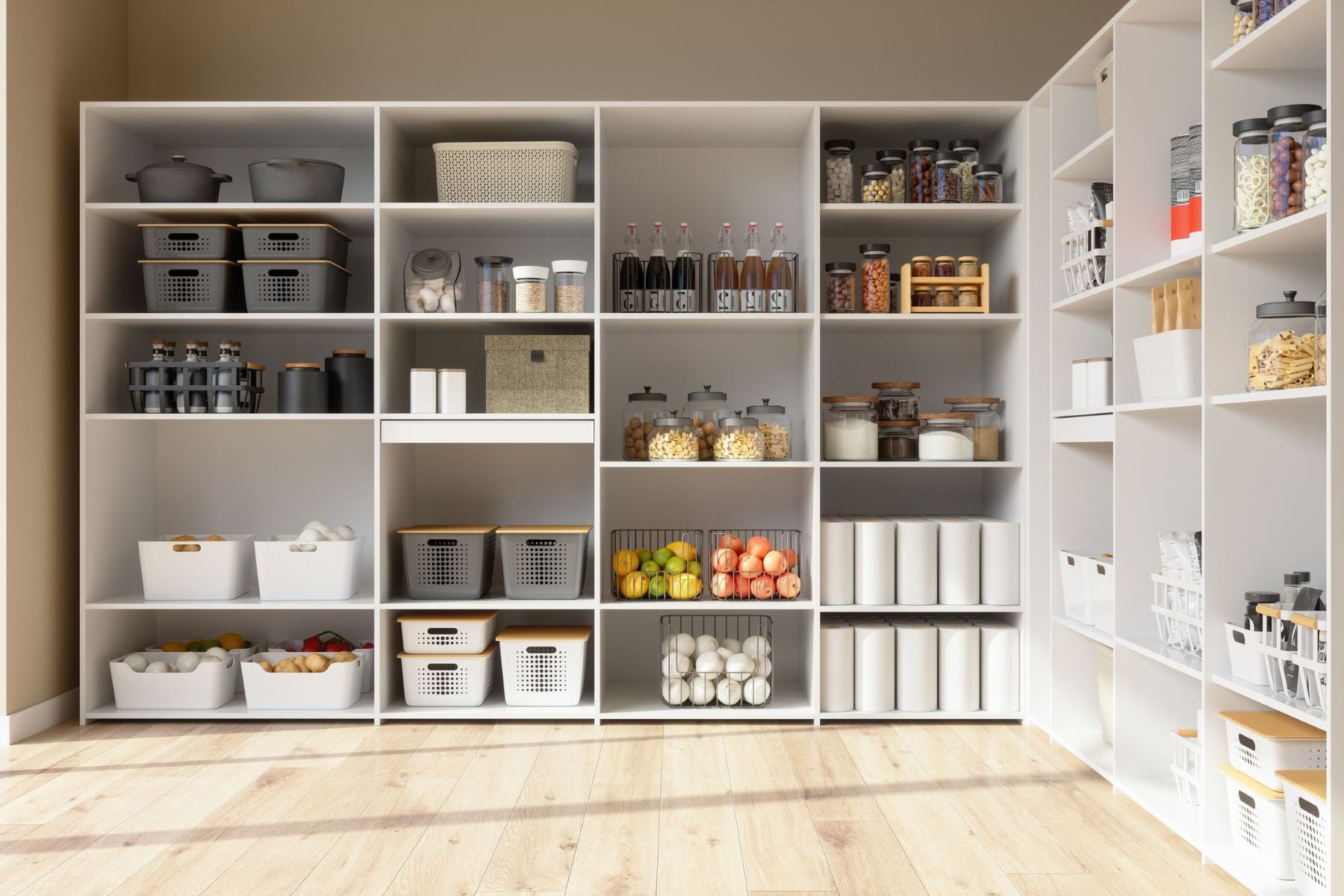
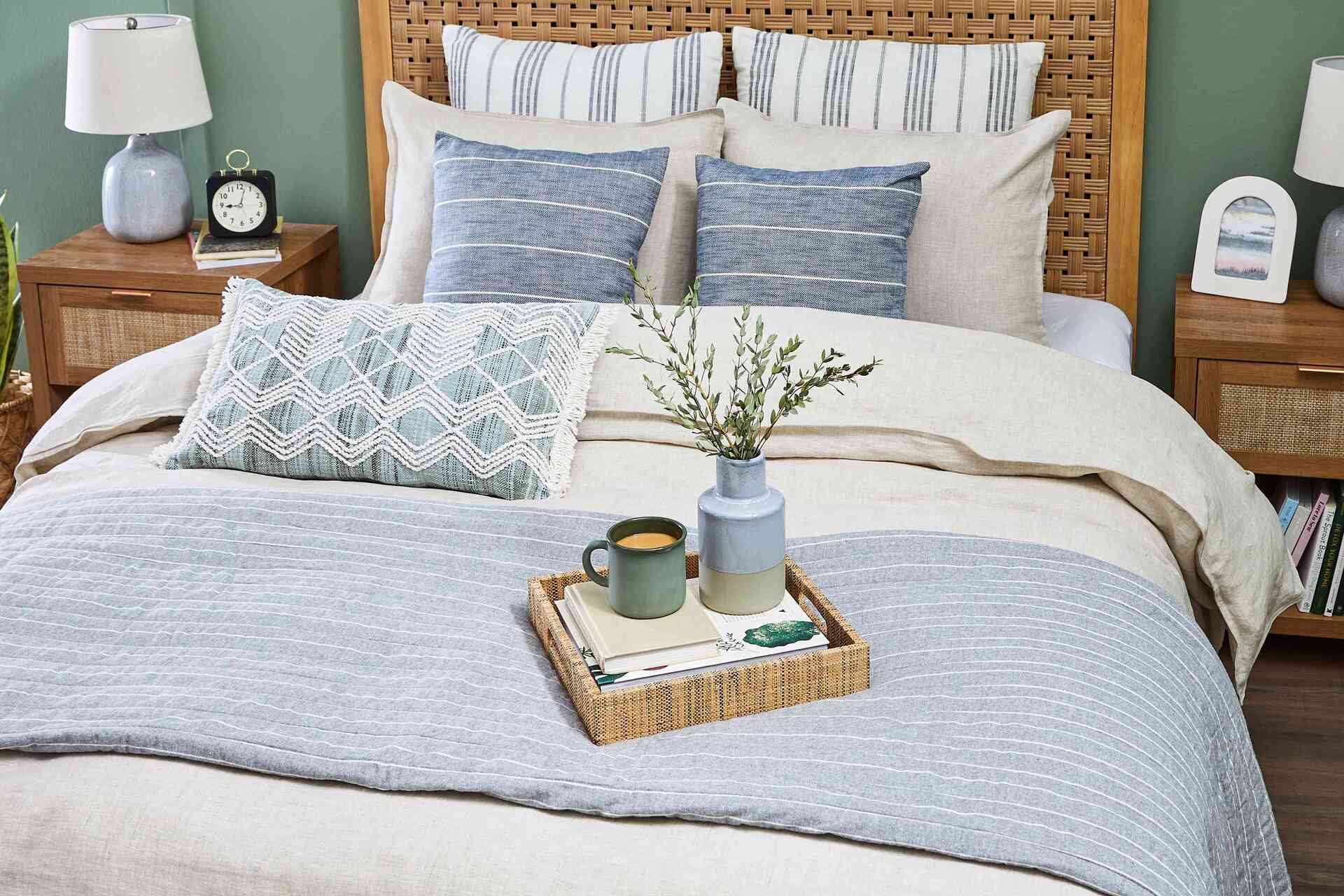
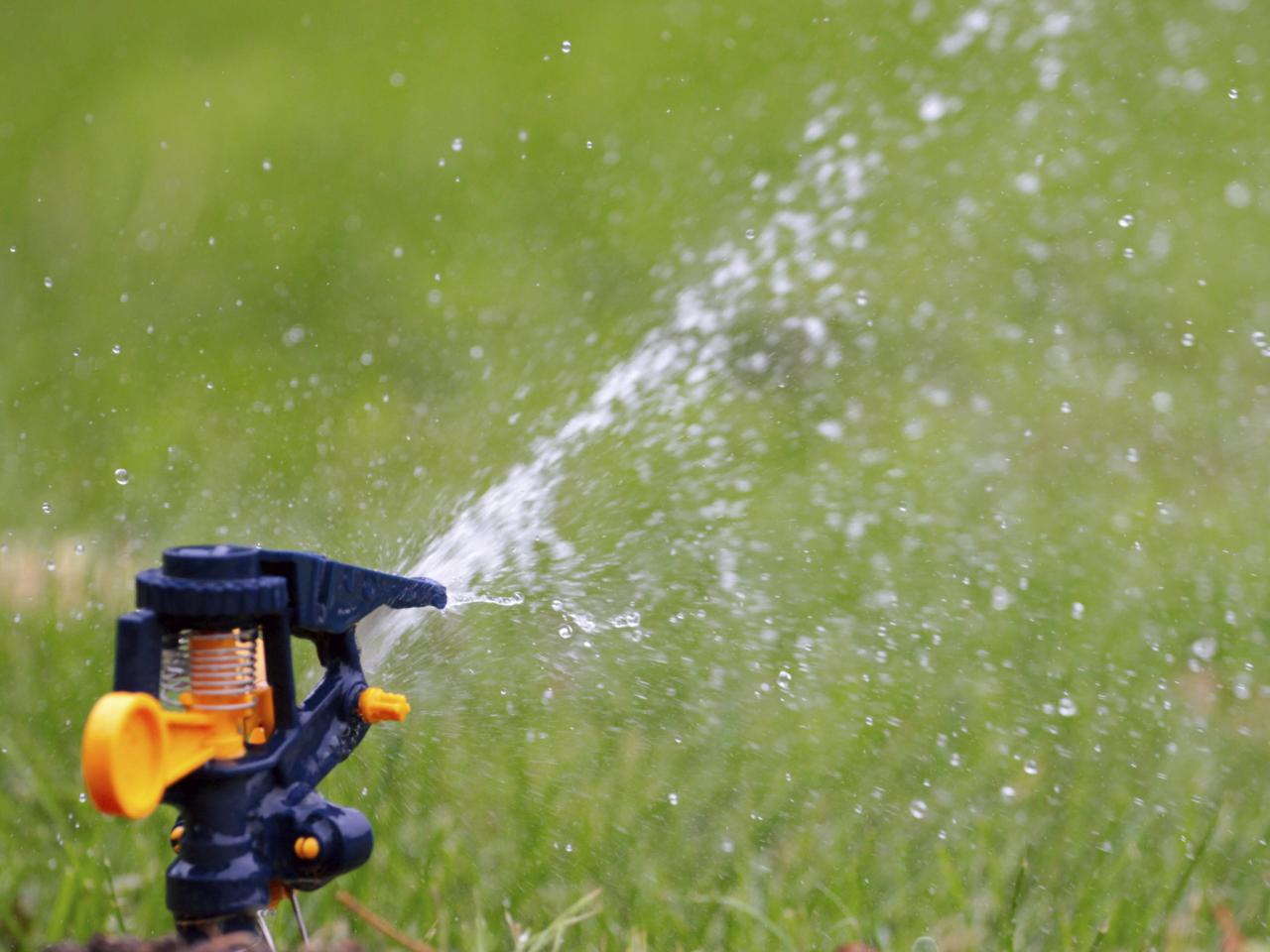


0 thoughts on “How To Declutter Your Home In One Day”